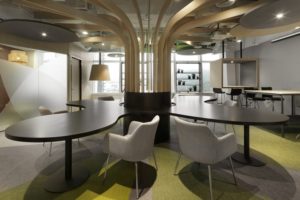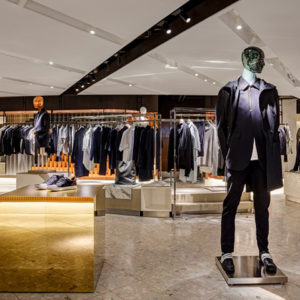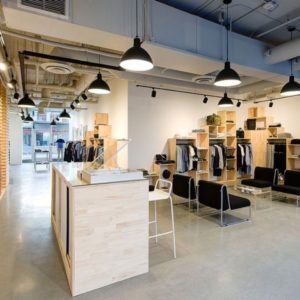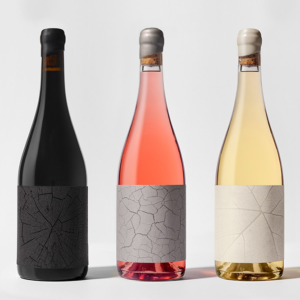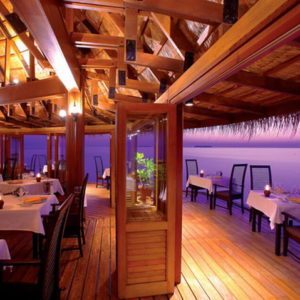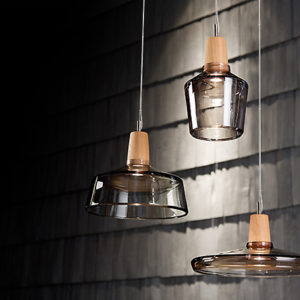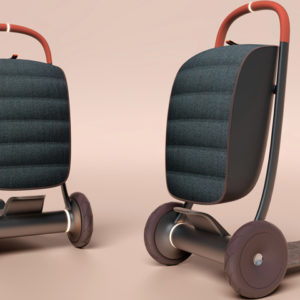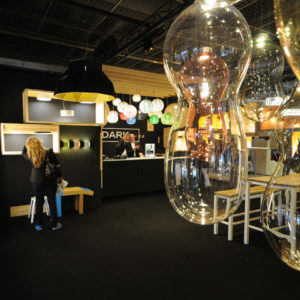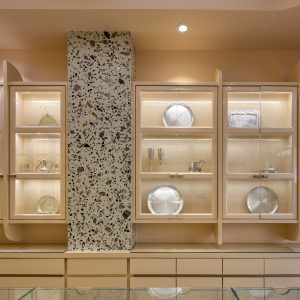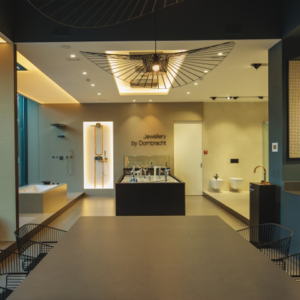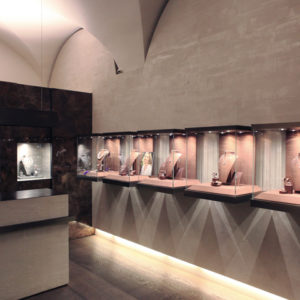
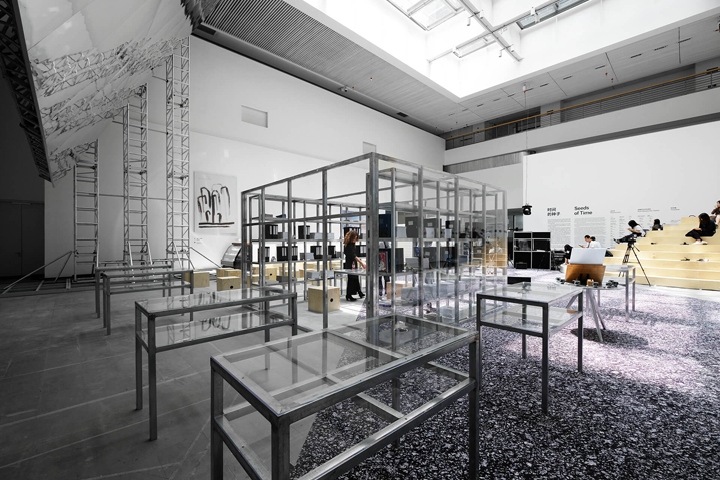

How to tackle the ever more pressing issues of social and environmental sustainability from a perspective that makes them understandable not just to a small intellectual elite but also to the public? For Hong Kong and Madrid-based Collective Studio, the answer is an interdisciplinary, immersive museum experience that is free and open to all. Curated by Dr Yongwoo Lee and Hans Ulrich Obrist, the Shanghai Project Chapter 2: Seeds of Time exhibition in the Himalayas Art Museum brought together artists and researchers with the aim of proposing new strategies for alternative approaches and solutions to issues of social and environmental sustainability.

As this requires collaborative thinking between disciplines, Collective needed to bridge the gap between the specialized vocabularies of the sciences, the arts, and public interest. The studio came up with a sequence of displays in an immersive design that offered new contextual narratives for understanding the exhibition’s core theme. Through three zones, Collective organized points of contact between the different spheres of knowledge, emphasizing both the making and exhibiting of the works of art.

The space’s Forum was designed as an open, non-ticketed gathering area, changing the conventional role of the museum from intimidating instutition to interactive public space for discussions and workshops. For the exhibition, Collective created ‘Elements of Ecology’; a series of various moments of ‘appropriated nature’ in line with the overarching theme, one of which was a 26-m-long black asphalt carpet.

The Carpet strategically touched as many exhibits as possible, symbolizing interdisciplinary continuity and the shared paths of participants and researchers. It ultimately guided visitors towards the ‘Extinction Path’, which dealt with themes of light and darkness through works by artists such as Olafur Eliasson and Gustav Metzger. Collective designed a spatial layout for Metzger’s piece that generated interaction between the pieces as it turned on and off according to the flow of visitors, communicating through their design their goal of making the museum experience one that includes the visitor as a participant.

The studio collaborated with the museum curators to position the show’s works across different rooms in a way that facilitates the juxtaposition and creation of new narratives between installations and workshops. This spatial component further illustrates Collective’s aim to render the museum experience a dynamic one, where the exchange of fresh perspectives replaces detached observation.
Design: Collective Studio




https://www.frameweb.com/news/to-engage-with-sustainability-museum-experience-becomes-participatory








Add to collection

